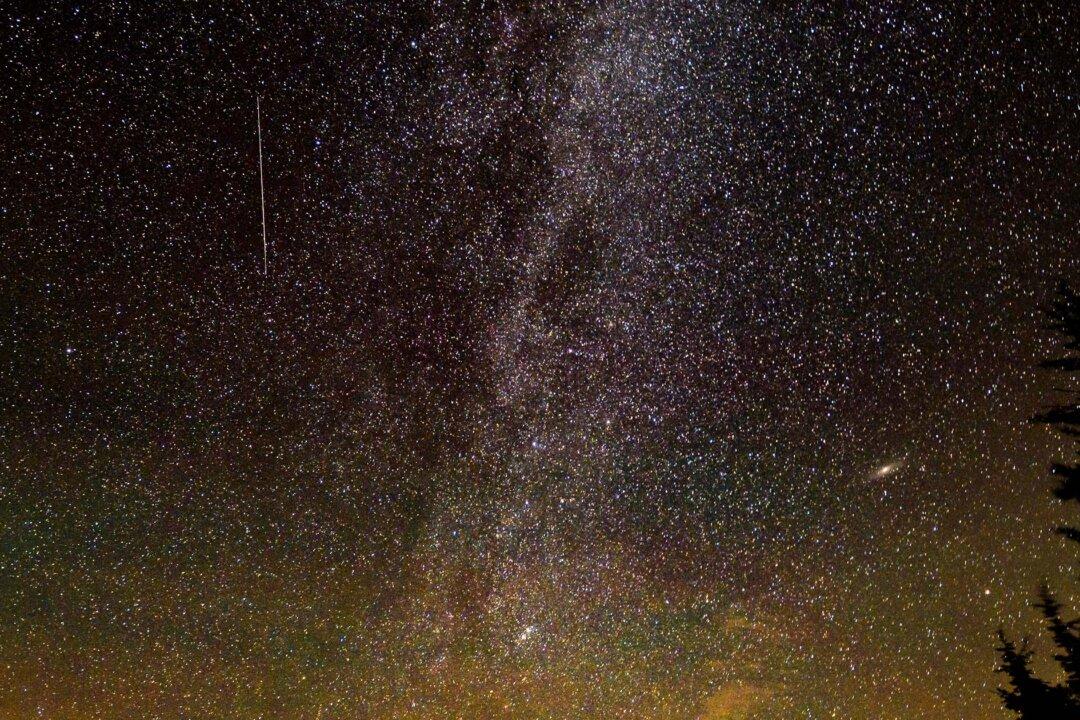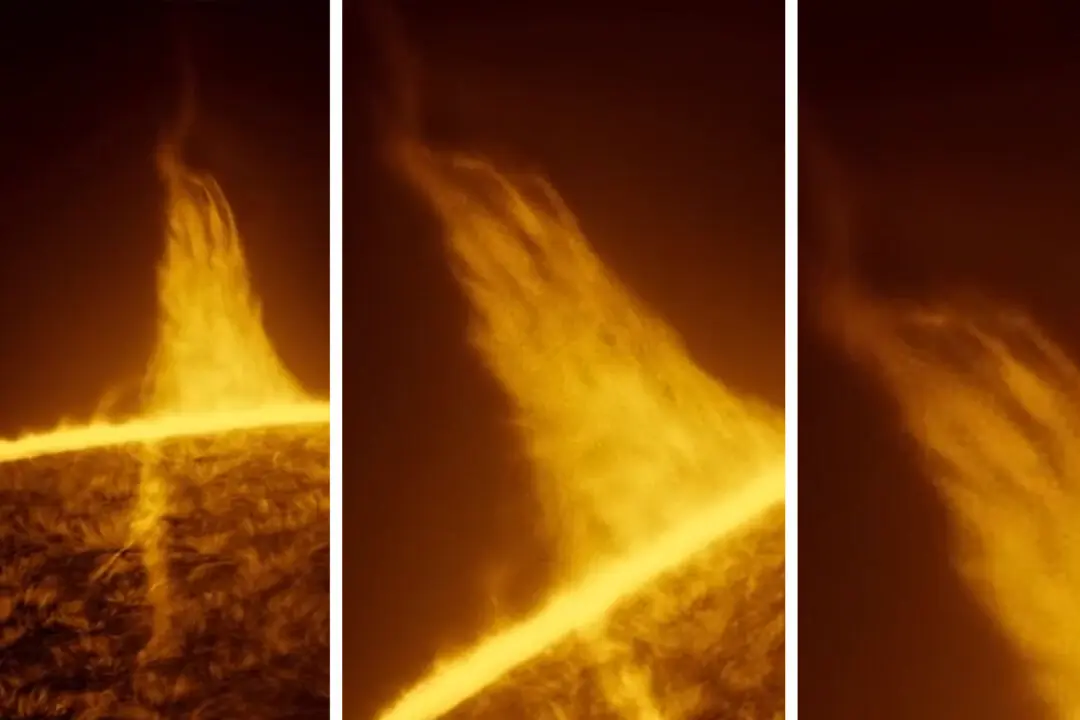Every mid-November, Earth passes through a region of outer space littered with bits of cosmic debris that habitually light up like matches in the night sky. The leftover remnants of a comet, called 55P/Tempel-Tuttle, manifest as a stream of space dust, rock, and frozen gas trailing throughout the solar system. Their striking the Earth’s atmosphere results in a pyrotechnic spectacle called a meteor shower, which sometimes turns into a prolific, even sublime, meteor storm.
This particular November meteor shower is called the Leonids, so named because it seems to radiate from a point located in the constellation Leo the lion. If you want to catch this celestial light show, you still have a few days before they peak.






